8. Bone Tomahawk
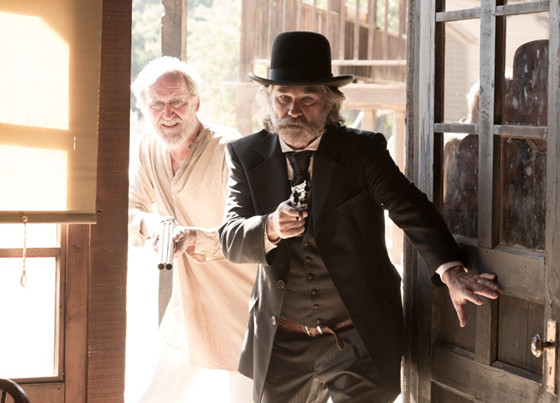
Bone Tomahawk marks the dazzling debut of a new cinematic storyteller in writer/director S. Craig Zahler. A Revisionist Western with a heart for horror and a mind for the strange, the 1890s frontier presented here at first feels like the familiar terrain of John Ford––The Searchers springs to mind––before running a nail-biting detour down a thoroughfare of shock-addled circumstance, jet black humor, and an ending you’ll be shaking off for days afterward.
Kurt Russell is great as gunslinging sherif Franklin Hunt, leading a doomed rabble out for revenge against a band of cannibalistic savages who’ve kidnapped members of their settlement, the ironically named Bright Hope.
The risky business that ensues is never less than riveting, making for a skilled fusion of fright and Old West visage that will shock and richly reward the courageous seer. Make no mistake, Bone Tomahawk is a modern classic destined for cult status and midnight viewings for years to come.
7. Girlhood
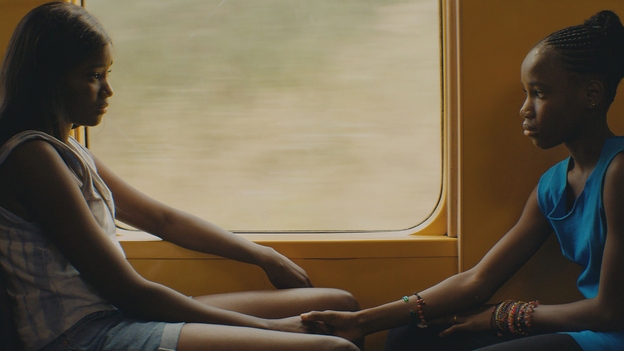
French filmmaker Céline Sciamma has mastered a minimalist but no less consuming approach with Girlhood, a coming-of-age film with themes of class, gender, and race at it’s open-handed crux.
Karidja Touré is astounding as Marieme, a black teenager living in a rough and seedy neighborhood outside of Paris. True, much of the territory Girlhood unearths have been visited and negotiated before, but never with such crisp perception, and competence. This is inner-city femininity with recoil, self-perception, and intensity.
Touré looks great in close-up, and Sciamma knows it, and her swift-moving lens lingers there when needed, making Girlhood an aqueous experience, somewhat akin to both Italian neorealism and the Nouvelle Vague. Exquisitely observed and entirely spellbinding, Girlhood is a chef d’oeuvre from an important director with a bright career ahead of her.
6. Timbuktu
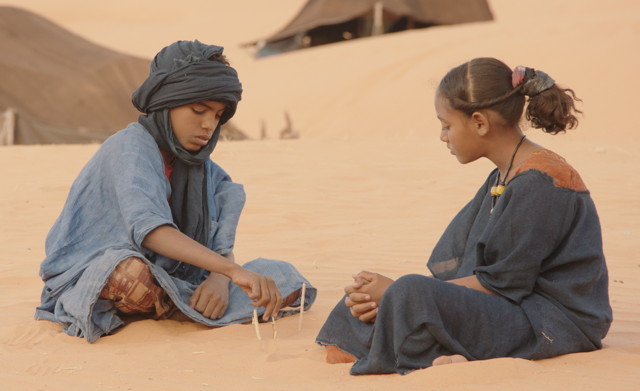
Mauritanian filmmaker Abderrahmane Sissako (Waiting for Happiness) presents a sardonic and tearing parable with the disquieting drama, Timbuktu. After a tragic accident that kills a fisherman, Kidane (Ibrahim Ahmed, brilliant), a Malian cattleman, and his family must confront the unreasonable wrath of Islamic fundamentalists in their occupied homeland.
It’s an often unrelenting picture, the sub-Saharan desert setting adds to this forbidding effect, but Timbuktu is also shockingly comic, treating religious extremism with the seriousness it deserves, yes, but not making a picture that’s didactic or overtly moralizing.
Lithe and defiant, Sissako has rendered a film of great efficacy and style, comparable to Malick’s Days of Heaven, Timbuktu artfully displays the finer points and expressive appearances of nature as well as the often overpowering poetry in man’s muddled, confused and ofttimes darkened heart.
5. Stinking Heaven
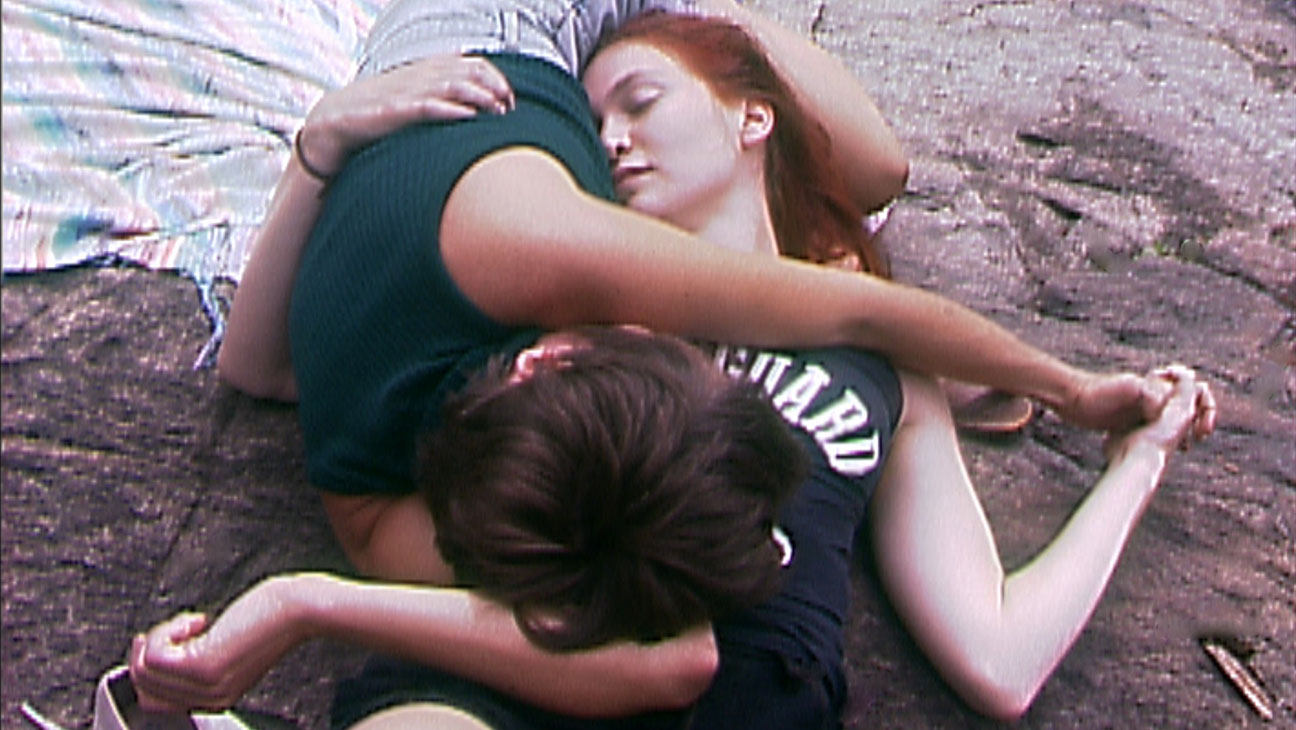
Brooklyn-based Nathan Silver (Exit Elena, Soft in the Head) may just be the savior that American indie cinema didn’t even know it had, let alone needed. Emending camera-vérité traditions with calculating and clear-sighted close-ups into ecstatically ill-at-ease comedies, such as the outstanding and odd Stinking Heaven.
Set in a sobriety home in 1990s New Jersey, Stinking Heaven combines mumblecore aesthetics with Cassavetes artifice as Ann (Hannah Gross) arrives and is almost instantly at odds with her fellow residents. Silver’s substance abusers are an interesting lot, and he films them on video, which seems to add to the authenticity of the experience, which is well-conceived and illustriously captured.
As the movie escalates ever towards the threat of holy mess and misrule, Silver’s arthouse earmarks become more pronounced, and this is a good thing. More than once Stinking Heaven almost jumps genres into something similar to horror, but not quite. It’s a great ensemble piece from a promising young director who’s slowly amassing a charming and considerable body of work, and Stinking Heaven is his best film yet.
4. The Daughter
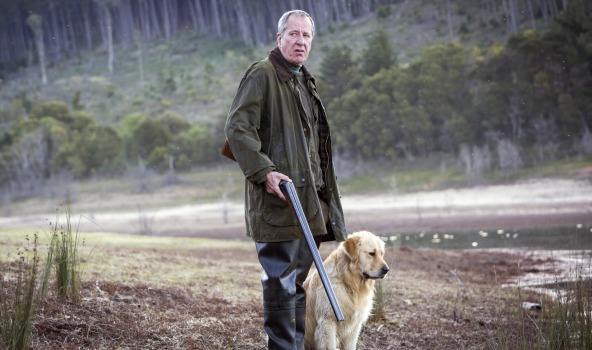
A searing directorial debut from Simon Stone, Daughter is a full-blooded Australian drama inspired by Henrik Ibsen’s The Wild Duck. A veritable who’s who of Aussie talent including Geoffrey Rush, Sam Neill, Miranda Otto, and a breakout turn from the brilliant Odessa Young add to this richly rewarding picture.
The Daughter reveals a generous yet aching heart, and the ensemble cast splash into some courageous and raw-nerve revealing waters as family secrets are exposed over a handful of days. Stone and his cinematographer Andrew Commis keep the camera close to their subjects, heightening the melodrama but never in a maudlin or cloying fashion.
Rarely does humor, eroticism, anguish, and romance blend together so serenely, marking Stone as a gifted, unafraid and already accomplished storyteller. There are great things to come from him, no doubt, and Daughter is already a tiny tour de force.
3. Alleluia
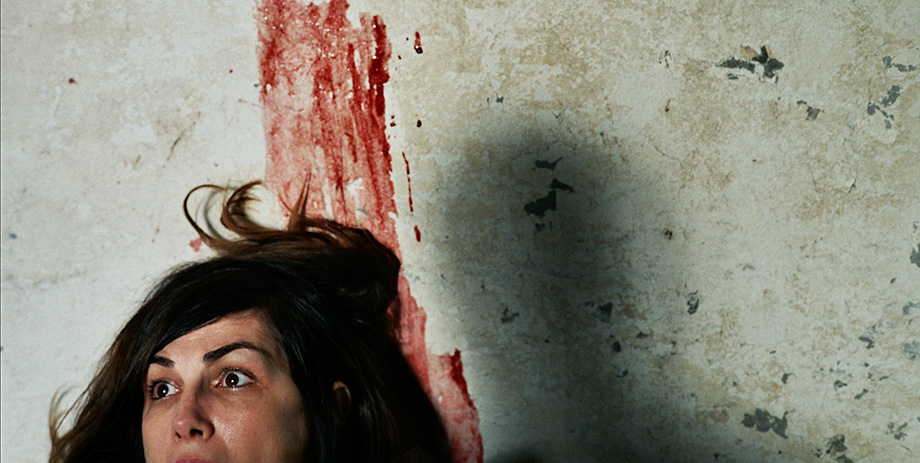
Belgium firebrand Fabrice Du Welz double-checks the true-crime classic The Honeymoon Killers with his venturesome, and violent surreal horror alloy Alleluia. Amour fou hasn’t gone this afoul in ages as solitary single-mother Gloria (Lola Dueñas, incredible) partners up with mysterious Michel (Du Welz regular Laurent Lucas).
Soon the two ill-starred lovers, showing more and more signs of mutual instability and bloodlust—not to mention Michel’s gut-busting foot fetish kink—take to a bait-and-switch tactic to con vulnerable women out of their coffers.
Add into the pot some stunningly textured and spectrally-lit scenes of black magic incantation, including a savage sky-clad sequence where the twosome flit and flail around a bonfire enacting a wicked ritual summoning blood and thunder. Alleluia is a haunting, heady experience of desire taken to its most disturbing extreme, and all while taking horror movie allegory and imagery past the party line. Wow.
2. A Girl Walks Home Alone at Night
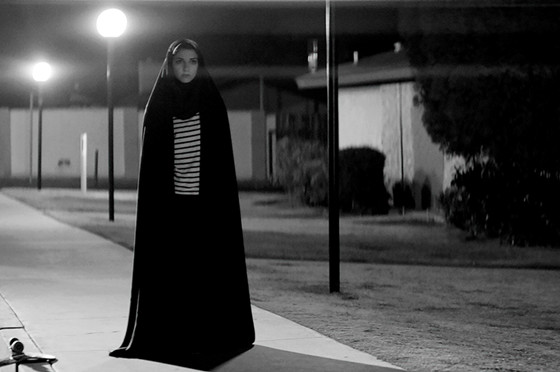
More than just a moody, atmospheric vampire film, Ana Lily Amirpour’s debut, A Girl Walks Home Alone at Night is a Beckett-like creation, full to brim with dark tableau and an effulgent frame of mind. Imagine if Jim Jarmusch made a vampire film—okay, made another vampire film—this one during his Stranger Than Paradise cycle, but with the feminine foundation of Only Lovers Left Alive. Now you should have a decent drill for Amirpour’s droll neo-noir design.
Set in an apocryphal Iranian interurban deep within the recesses is Bad City, and her denizens dwell in a climate of fear and flesh as a lonely vampire lives amongst them. Sheila Vand (Argo) plays the eponymous vampire with glow and discretion, adding to the obliquely effective emotional landscape at the crux of Amirpour’s mythology.
Lyle Vincent’s black-and-white cinematography is ethereal and adds to the otherworldliness, artfully designed, visual symmetry underlines the narrative and antes up feelings of existential ennui. The listless sound of the wind rattles like an Antonioni film and a pleasing post-punk soundtrack further adds up to an overall arresting and exquisite accomplishment.
1. Rams
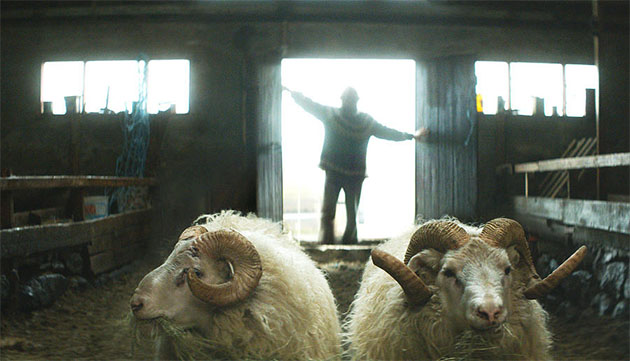
Icelandic writer/director Grímur Hákonarson (Summerland) is in full command of his considerable cinematic powers with Rams, his tale of estranged sheep-herding brothers Gummi (Sigurður Sigurjónsson) and Kiddi (Theodór Júlíusson). Both men have spent most of the last 40 odd years at odds with one another until a scabie outbreak threatens their competing prized flocks of sheep.
Rams is an achingly tender and elegiac picture, forgiveness and redemption the leitmotif, but nothing on screen reads as an elegy or a dirge. There’s brevity and brilliant use of color, too, the color red hasn’t been used to such devastating effect since Kieślowski, and like that Polish master, Hákonarson can summon and signal powerful seem emotional breakdowns via a smear of crimson or a cherry snowsuit.
A story of great humanity, Rams is a poignant billet doux to brotherhood and altruism, and it’s unforgettable.
Author Bio: Shane Scott-Travis is a film critic, screenwriter, comic book author/illustrator and cineaste. Currently residing in Vancouver, Canada, Shane can often be found at the cinema, the dog park, or off in a corner someplace, paraphrasing Groucho Marx. Follow Shane on Twitter @ShaneScottravis.